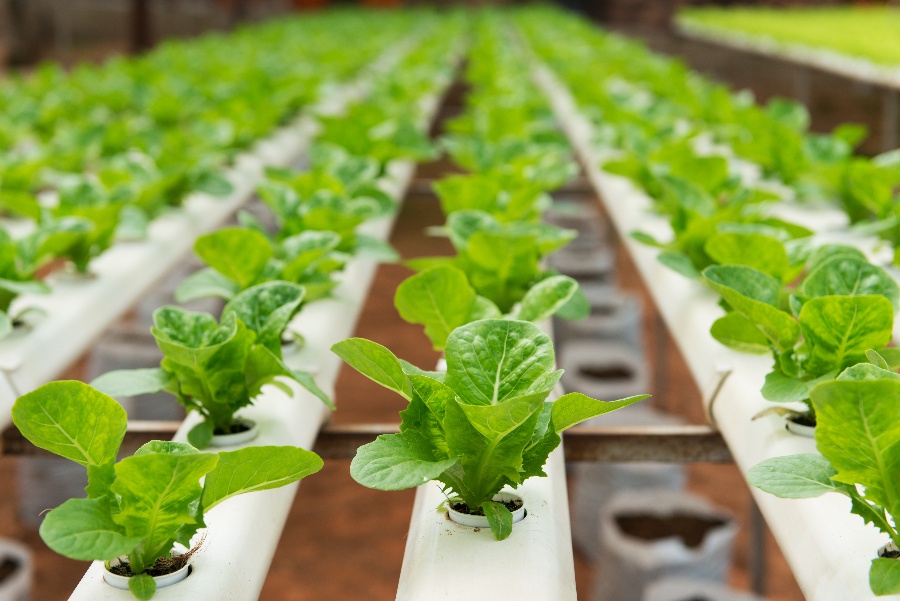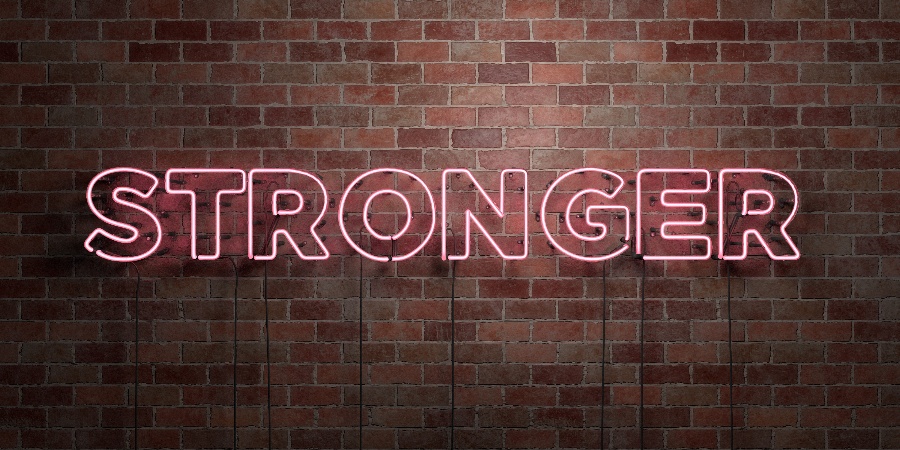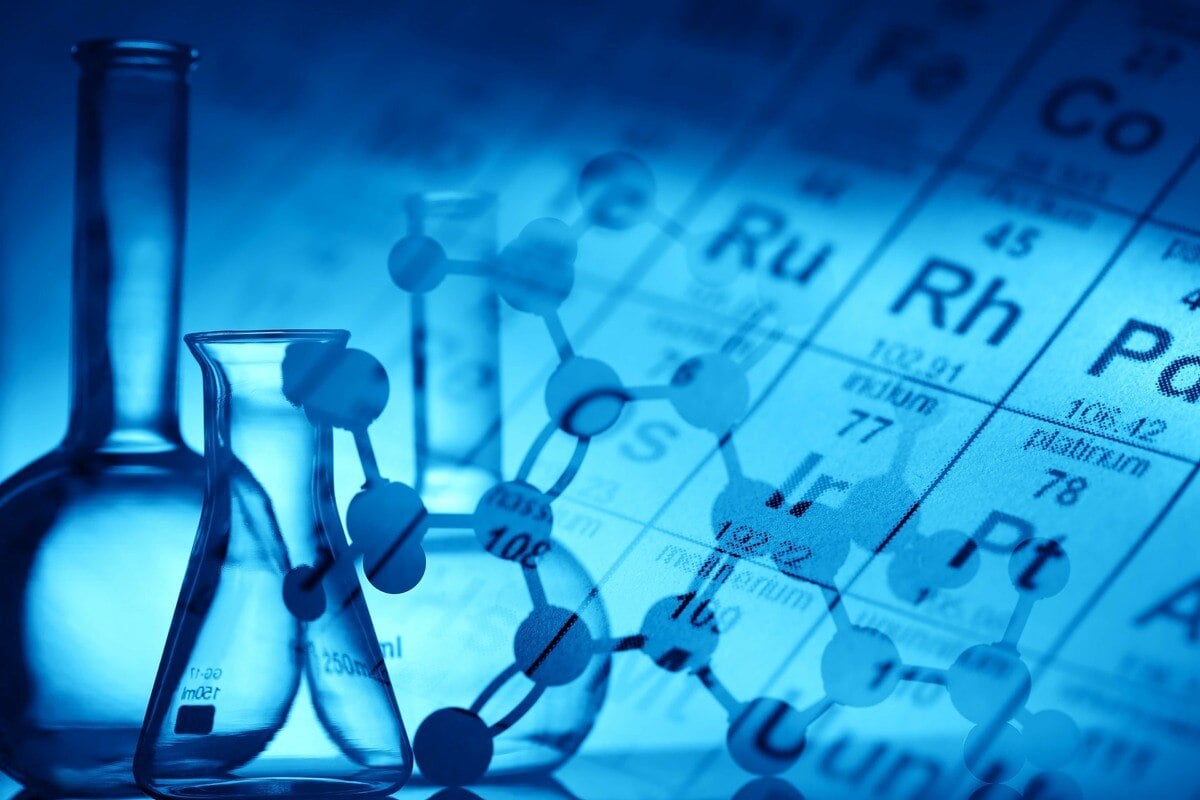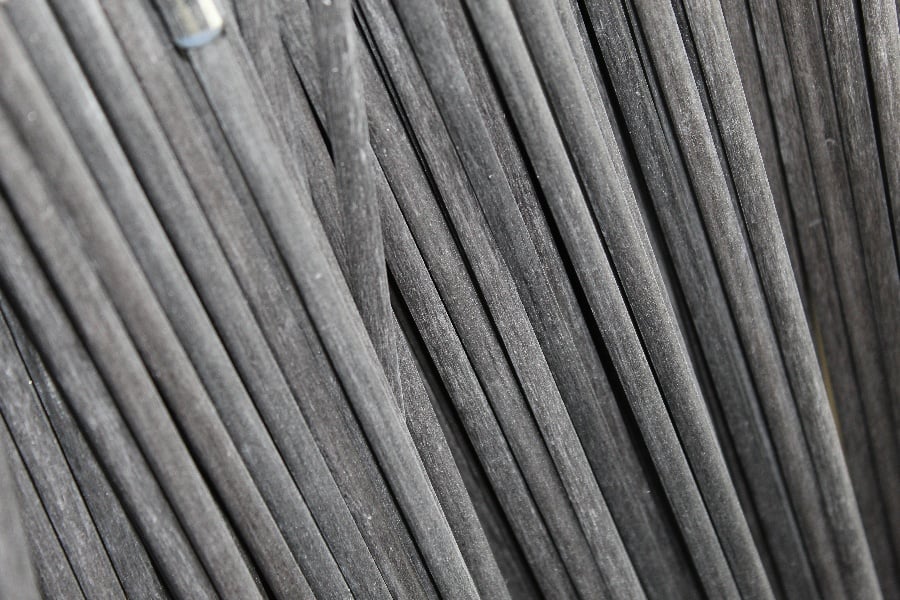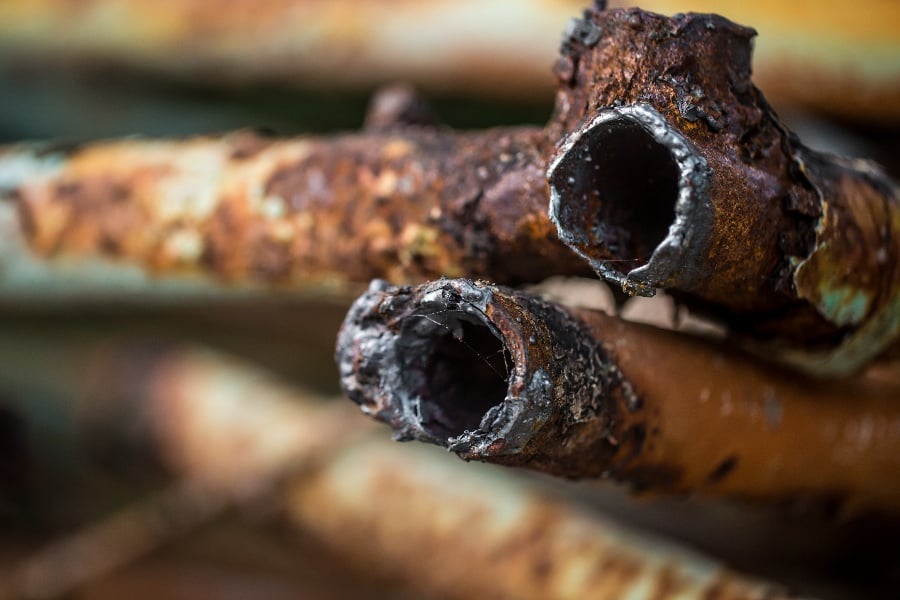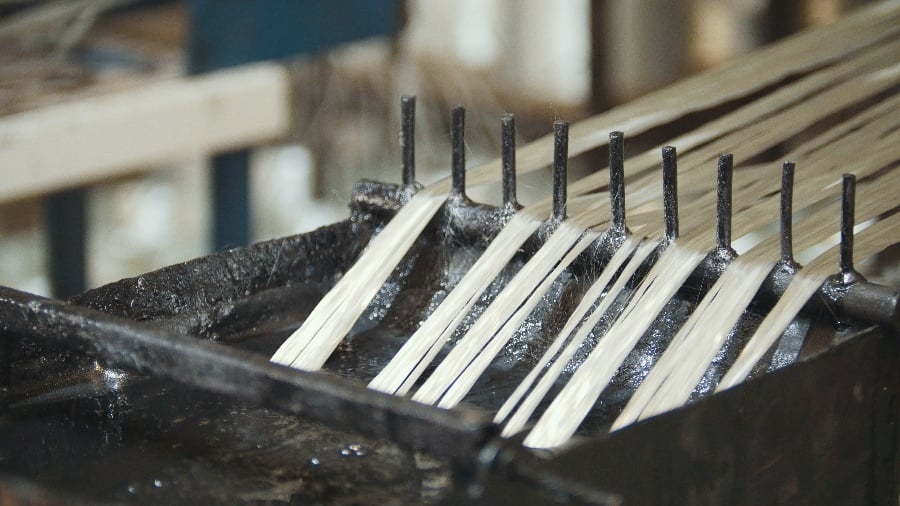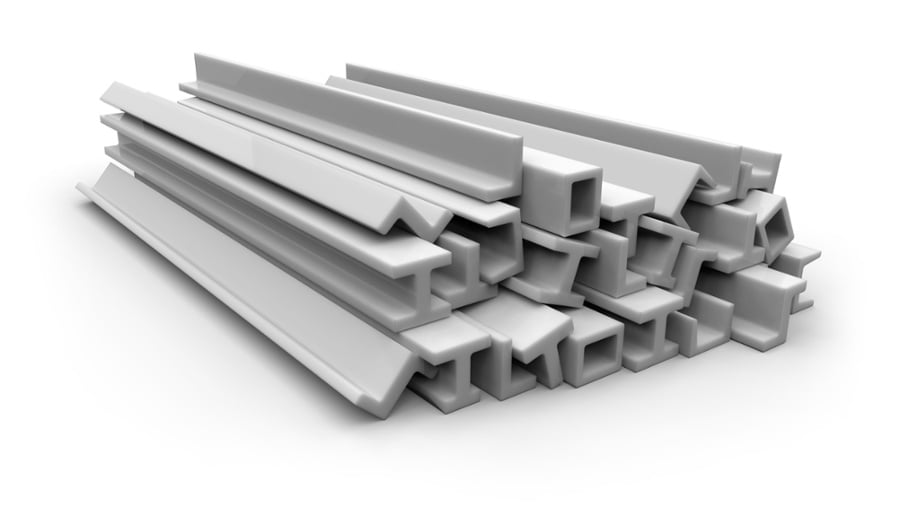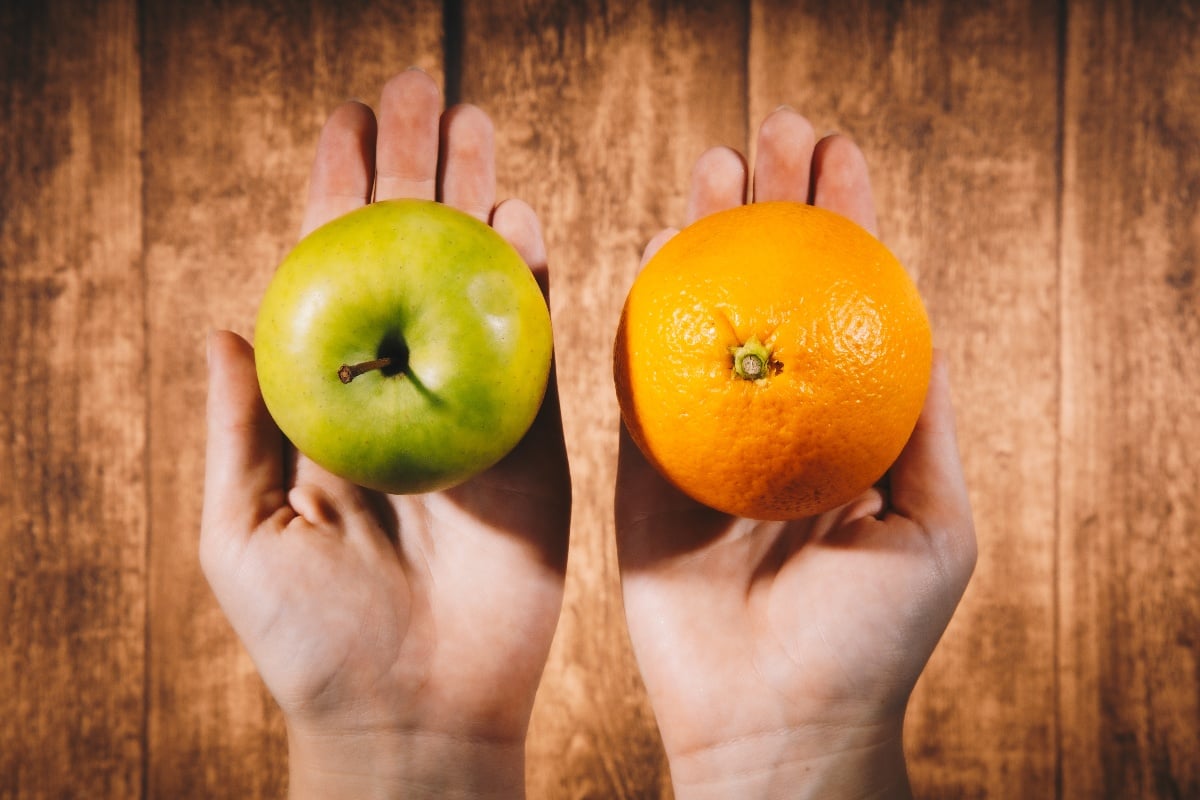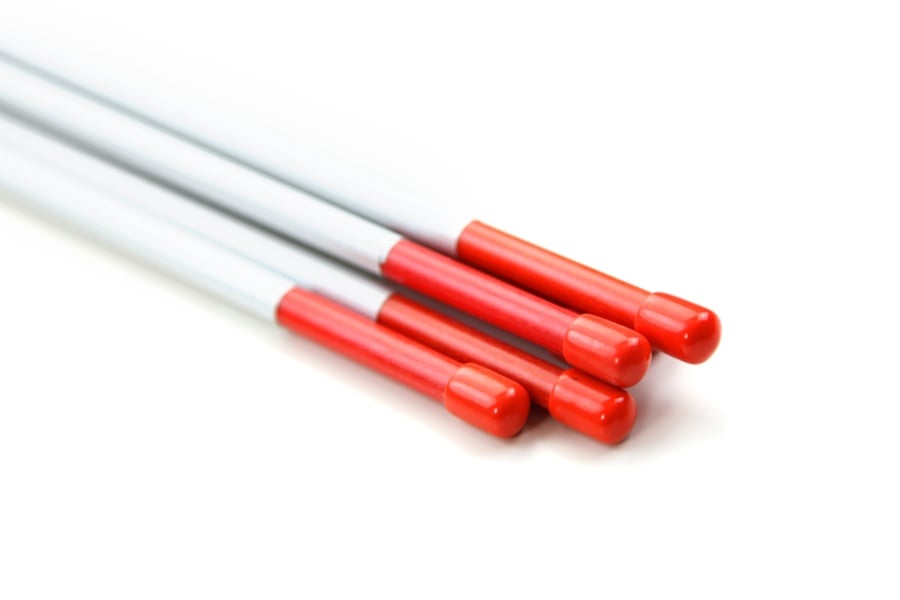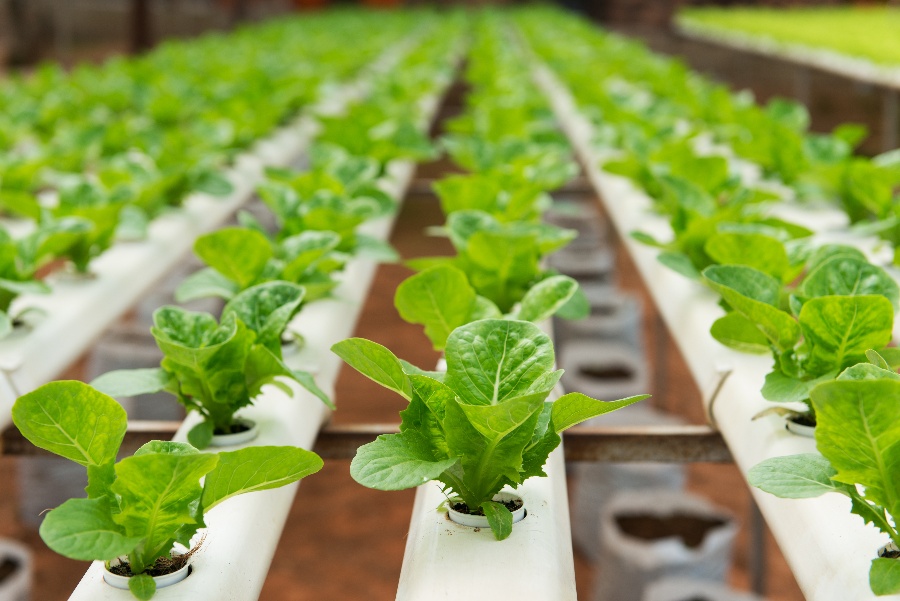
Hydroponics is a method of crop cultivation that doesn't rely on soil. Instead, plants are grown in a controlled environment using water and nutrients.
The two forms of hydroponics are aquaponic and aeroponic. Hydroponics is a versatile and efficient method of crop cultivation with many advantages.
Hydroponic engineers and farmers face a number of challenges when designing effective hydroponic systems. Engineers must ensure they appropriately design the system to cultivate the best possible growing conditions. Hydroponic system material is one challenge that engineers may encounter.
Choosing a suitable material can directly affect the viability of any hydroponic system. Even with these challenges, the benefits of hydroponics often outweigh the cons compared to traditional farming. Farmers can maximize crop yields with help from composite materials. These materials have several properties that are ideal for hydroponic crop cultivation.
Benefits of Hydroponics
The most significant benefit of hydroponic farming is that it doesn't require soil. This advantage means that farmers can use less land and that crops can be grown in places where there is otherwise no land available, such as on the roofs of buildings or in vertical towers. Farmers can also use up to 90% less water when growing crops. Hydroponics also eliminates the need for pesticides, as the controlled environment reduces the risk of pests and disease.
In addition, hydroponic systems can be automated to a greater extent than traditional agriculture, making them more efficient and reducing the amount of labor required. Finally, hydroponically-grown plants tend to be more nutritionally dense than those grown in soil, as they are able to absorb nutrients more efficiently. As a result, hydroponics is a more efficient and sustainable way of growing crops.
Designing Structures for Hydroponics
The modern era of hydroponics began in the 1930s when scientists in California were looking for ways to grow crops in desert conditions. Since then, many different types of hydroponic systems have been developed, and they are now being used all over the world. One of the more exciting developments has been the emergence of alternative hydroponic structure materials.
There are a number of material choices. Engineers and farmers have to weigh many variables, including the type of crop they are looking to grow and the type of hydroponic system. Each material will have its own positives and negatives. Designing and manufacturing the structures for alternative crops can be difficult. Choosing the right material for the hydroponic system is essential to growing healthy plants.
Using Pultruded Fiberglass for Hydroponics
Composites are an effective material choice when designing for hydroponics. Aquaponic and aeroponic cultivation requires special structures for growing crops without soil. These soilless methods often utilize shelves, profiles, or grids that can be customized to plant needs with different resins depending on their intended use in hydroponics.
Pultruded fiberglass is an excellent option for aquaponics and aeroponics. Fiberglass was invented in the 1920s for the aviation industry. It is a composite material that combines glass fibers and a thermosetting resin matrix. This material has several properties that make it a great choice when developing hydronic systems.
Custom Shaped Profiles
Pultruded fiberglass can be customized to create structures ideal for alternative crops that need shelving. The material can be shaped into just about any design you can imagine. This property makes it ideal for creating complex hydroponic systems that would be difficult or impossible to build with other materials. Once the shape is formed, the material will maintain its rigidity to support the crops. Hydroponic farmers can develop systems for molding custom specifications needed for hydroponics.
Lightweight
The mechanical properties of fiberglass are ideal for a wide range of applications. Fiberglass is lightweight and easy to work with, making it a good option for large-scale crop production. When it comes to strength and stiffness, fiberglass is one of the best materials available.
These lightweight, durable building blocks ensure the same great resistance as steel but at a much lighter weight with half or less density than traditional materials. This material is strong and durable, which makes it suitable for hydroponic system design.
Corrosion
Pultruded fiberglass profiles can be designed and manufactured to create structures that are strong and resistant to the elements. These components are used in environments where corrosion would otherwise occur and pose a threat of ruinous consequences if left unchecked. Fiber-reinforced plastic composite materials are often used in construction projects involving components exposed to harsh environments with high concentration levels. Tanks or pipes can be made from these types of material so they will last longer without needing constant maintenance while still providing integrity over long periods.
Pultruded fiberglass is a superior material for water applications due to its corrosion resistance and strength. This property makes it perfect for hydroponic systems that require plenty of water, like a plant's root zone, where corrosion can be most dangerous to plants' health. Pultruded fiberglass is weather-resistant and does not rot or corrode like other materials, making it an excellent long-term investment for a hydroponic system.
Cleanability
As any farmer knows, messes are inevitable when working with crops. Whether dirt from the plants themselves or water from irrigation, there is always a risk of contamination. At a hydroponics farm, where crops are grown in water rather than soil, messes can quickly become a serious problem.
That's why it's so important to have materials that are easily cleanable, like pultruded fiberglass. Cleaning hydroponic systems on a regular basis is essential to keeping algae and bacteria at bay. If too much bacteria builds up in the system, it can make plants sick.
Fiberglass is non-porous and smooth, making it extremely difficult for dirt and other particulates to adhere to its surface. Furthermore, fiberglass is impervious to moisture, so it will never warp or rot like wood can. The material is easy to clean and maintain, which is essential for keeping crops healthy. Not only does it keep the system clean, but it also helps to ensure that the crops are of the highest quality.
Overall, pultruded fiberglass is an excellent choice when it comes to materials for hydroponic systems. The properties of the material will help ensure the right environment for growing crops. Engineers and farmers can develop quality hydronic systems, which results in high-quality crop yields.

